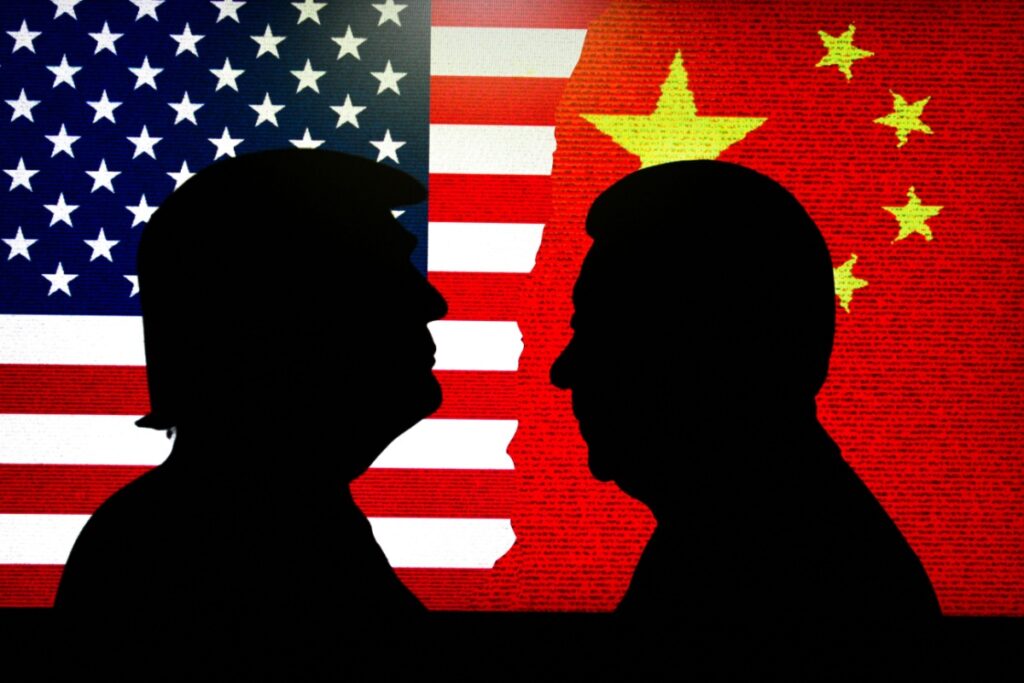China has publicly demanded that the United States retreat from its threat to impose 100% tariffs on all Chinese imports, warning that such a move would inflict damage on global trade stability.
Tensions Escalate Over Proposed Duties
The call was issued in response to recent signals from Washington about further levies, which Chinese officials argue would destabilize negotiations and aggravate an already volatile trade environment. The Ministry of Commerce insisted that elevated tariffs would disrupt critical supply chains and erode confidence among investors.
Beijing urged that future adjustments should be grounded in discussion and consultation rather than unilateral escalation. A spokeswoman cautioned that persistent threats would force China to protect its interests through “resolute measures,” though no specific retaliation was announced at the time.
U.S. Signals and the Chinese Rebuttal
U.S. officials have floated sweeping tariff increases in response to concerns about Chinese industrial subsidies, forced technology transfer, and national security. The proposals, though not yet codified into law, have rattled markets and intensified fears of a renewed trade war.
In retaliation, China’s commerce ministry singled out these proposals as inflammatory, especially against a backdrop of weakening global demand and fragile economic momentum. Beijing highlighted that Washington already maintains tariffs covering over $300 billion in Chinese goods, an indication of how high the economic stakes already are.
Observers note that the tariff threat follows China’s recent implementation of tighter controls on rare earth exports and export licensing for technologies tied to dual-use applications. In the U.S., President Donald Trump characterized China’s actions as an unexpected provocation while reaffirming his intent to defend American interests.
Economic Fallout and Market Volatility
Financial markets reacted swiftly to renewed trade tensions, with increased volatility across equities, commodities, and foreign exchange segments. Analysts warn that elevated tariffs could cause supply chain disruptions, hike costs for consumers, and slow investment flows.
Trade data underscores the strain: in September 2025, Chinese exports to the U.S. fell by 27% year-on-year, marking the sixth consecutive monthly decline. However, China’s total exports climbed by 8.3% to $328.5 billion, buoyed by rising trade with Southeast Asia, Latin America, and Africa. Imports also increased by 7.4%, suggesting that global demand outside the U.S. remains a partial buffer.
The proposed tariffs have drawn serious concern from U.S. retailers. With estimates pointing to consumer price rises and demand contraction heading into the 2025 holiday season, many retailers are accelerating imports to beat the tariff deadline, though that may not fully shield them.
Diplomatic Stakes and Strategic Responses
The confrontation unfolds amid broader geopolitical competition over technology, supply chains, and global authority. China’s demand for withdrawal of tariff threats signals its preference for structured diplomacy over escalation. Yet at the same time, Beijing has already enacted retaliatory port-fee measures against U.S.-linked vessels, beginning October 14, charging 400 yuan per net ton per voyage, gradually increasing toward 1,120 yuan by 2028.
China has also strengthened its control over exports of rare earths and related technologies, citing national security. New rules require government approval for exporting magnet-related tech and restrict Chinese entities from aiding such production abroad.Analysts believe these steps are intended to raise China’s leverage and blunt U.S. pressure.
At the same time, domestic constraints and legal limits complicate U.S. tariff ambitions. A federal court recently ruled that Trump’s “Liberation Day” tariffs, implemented under emergency economic powers, were unlawful. In V.O.S. Selections, Inc. v. Trump, the United States Court of International Trade blocked those tariffs, finding that they exceeded statutory authority. The ruling constrains Washington’s ability to escalate unilaterally and injects uncertainty into enforcement.
The standoff continues to evolve as both sides weigh economic risk, strategic posturing, and international reactions. How Washington and Beijing proceed, or whether they revert to negotiation, may well influence the broader course of the US-China engagement and the architecture of global trade.


